Ecology of Shallow Lakes (Population and Community Biology
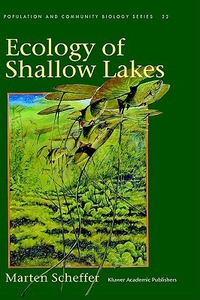
Summary
This book presents a theoretical framework for understanding the dynamics of shallow lake communities as it has evolved over the past years from a combination of empirical studies, experimental work and model analysis. Although, as in most theoretical work, mathematical formulations play a role, the models that are used remain simple and most analyses are graphical rather than algebraic. The book will therefore appeal to workers who do not usually dig deep into theoretical ecology such as lake managers, field biologists and experimentalists. Students of theoretical ecology will also gain from the many real-world applications of topics such as predation and competition theory, bifurcation analysis and catastrophe theory.
Similar Books
-
 Principles of Applied Geophysics
Principles of Applied Geophysicsby D.S. Parasnis
-
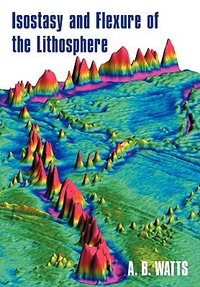 Isostasy and Flexure of the Lithosphere
Isostasy and Flexure of the Lithosphereby A.B. Watts
-
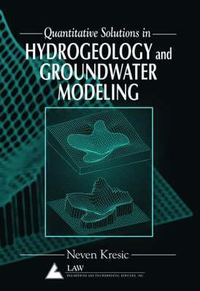 Hydrogeology and Groundwater Modeling
Hydrogeology and Groundwater Modelingby Neven Kresic
-

-
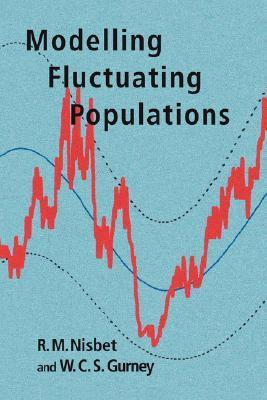 Modelling Fluctuating Populations
Modelling Fluctuating Populationsby Roger M. Nisbet
-
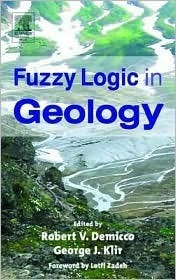 Fuzzy Logic in Geology
Fuzzy Logic in Geologyby Robert V. Demicco
-
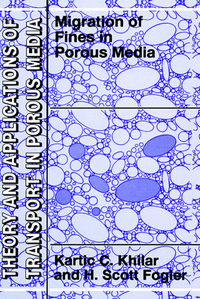 Migrations of Fines in Porous Media
Migrations of Fines in Porous Mediaby Kartic C. Khilar
-
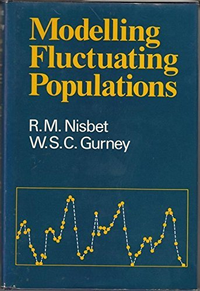 Modelling fluctuating populations
Modelling fluctuating populationsby Roger M. Nisbet
-

-
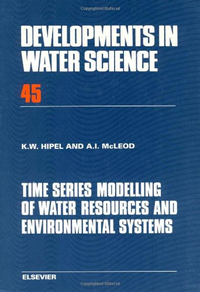
-
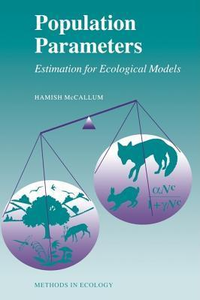 Population Parameters: Estimation for Ecological Models
Population Parameters: Estimation for Ecological Modelsby Hamish McCallum
-
 Spatiotemporal Environmental Health Modelling: A Tractatus Stochasticus
Spatiotemporal Environmental Health Modelling: A Tractatus Stochasticusby George Christakos
-
 Spatial Ecology via Reaction-Diffusion Equations
Spatial Ecology via Reaction-Diffusion Equationsby Robert Stephen Cantrell
-
 Wind Climate in Cities
Wind Climate in Citiesby Jack E. Cermak
-
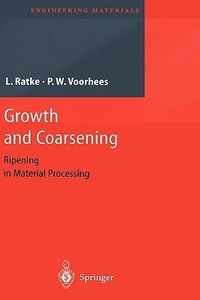 Growth and Coarsening: Ostwald Ripening in Material Processing
Growth and Coarsening: Ostwald Ripening in Material Processingby Lorenz Ratke
-
 Applied Hydrogeology for Scientists and Engineers
Applied Hydrogeology for Scientists and Engineersby Zekâi Şen
-
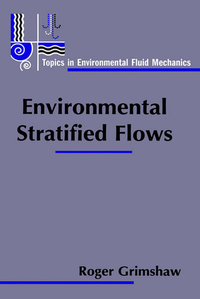 Environmental Stratified Flows
Environmental Stratified Flowsby Roger Grimshaw
-
 NUMERICAL OCEAN CIRCULATION MODELING
NUMERICAL OCEAN CIRCULATION MODELINGby Aike Beckmann
-
 Climate Under Cover: Digital Dynamic Simulation in Plant Bio-Engineering
Climate Under Cover: Digital Dynamic Simulation in Plant Bio-Engineeringby Tadashi Takakura
-

-
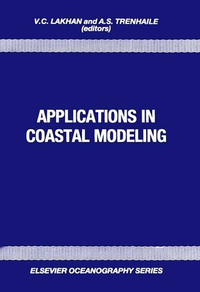 Applications in Coastal Modeling
Applications in Coastal Modelingby V.C. Lakhan
-

-
 Advanced Geological Map Interpretation
Advanced Geological Map Interpretationby F. Moseley
-
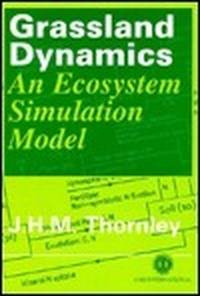 Grassland Dynamics: An Ecosystem Simulation Model
Grassland Dynamics: An Ecosystem Simulation Modelby John H.M. Thornley